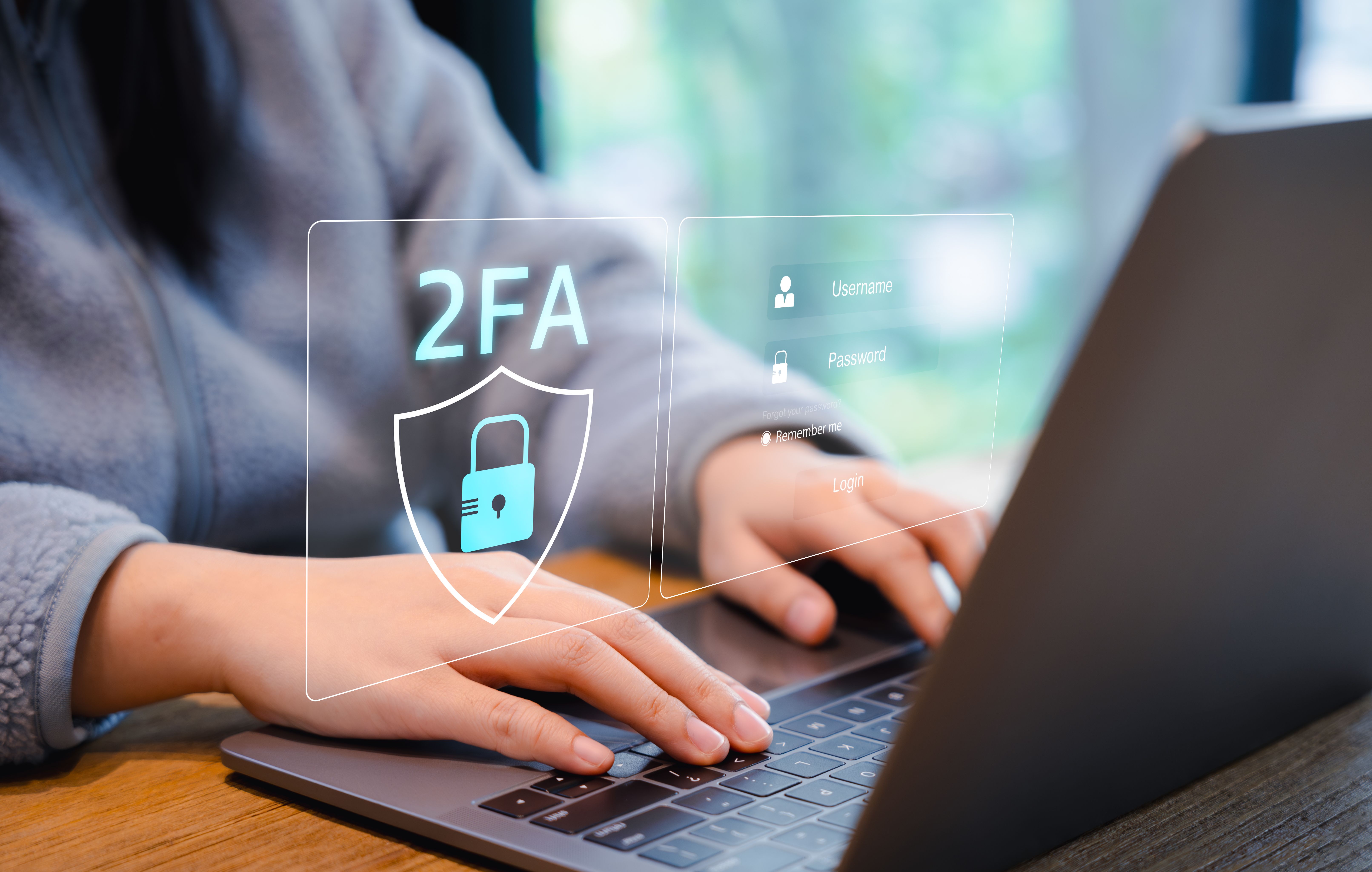Are You a Cyber-Target? Lock Down Your Digital Life in 5 Steps
Understanding Your Cyber Vulnerability
In today's digital age, being connected is both a boon and a bane. While it opens doors to a world of possibilities, it also makes us potential targets for cybercriminals. Are you inadvertently leaving your digital doors unlocked? Understanding your own cyber vulnerability is the first step toward securing your digital life.
Cyberattacks are not just limited to large corporations; individuals are increasingly becoming targets. Whether it's through phishing emails, malware, or identity theft, the threats are pervasive. Hence, it's crucial to assess your digital habits and identify areas that need fortification.

Step 1: Strengthen Your Passwords
Passwords are the first line of defense against unauthorized access to your accounts. However, many people still use weak or easily guessable passwords. To bolster your security:
- Create strong, unique passwords for each account.
- Use a combination of letters, numbers, and special characters.
- Consider using a password manager to store and generate secure passwords.
Step 2: Enable Two-Factor Authentication (2FA)
Adding an extra layer of security through two-factor authentication (2FA) can significantly reduce the risk of unauthorized access. Even if a hacker cracks your password, 2FA provides an additional barrier by requiring a second form of verification, such as a code sent to your phone.

Step 3: Be Wary of Phishing Scams
Phishing scams are deceptive attempts to obtain sensitive information by masquerading as trustworthy entities. These scams often come through emails or messages that look legitimate but contain malicious links or attachments. To protect yourself:
- Verify the sender's email address and be cautious of unexpected requests.
- Avoid clicking on suspicious links or downloading attachments from unknown sources.
- Report phishing attempts to your email provider or IT department.
Step 4: Regularly Update Software
Software updates are not just about new features; they often include vital security patches that protect against vulnerabilities. Ensure that your operating system, applications, and antivirus programs are updated regularly to shield against the latest threats.

Step 5: Secure Your Wi-Fi Network
Your home Wi-Fi network can be a gateway for cybercriminals if not properly secured. To safeguard your network:
- Change the default router password and use strong encryption (WPA3 if available).
- Disable remote management features you don't need.
- Regularly update your router's firmware.
By taking these five steps, you can significantly reduce the risk of becoming a cyber-target. Remember, staying informed and proactive is key to maintaining a secure digital presence. Protecting your digital life is an ongoing process, and vigilance is your best ally.
